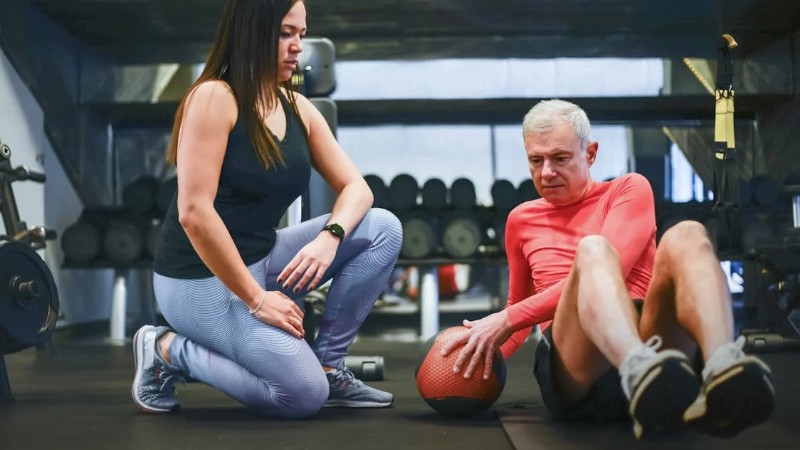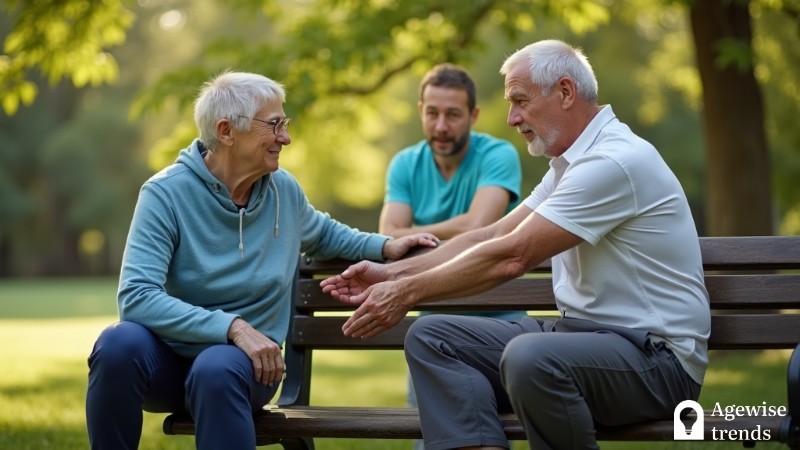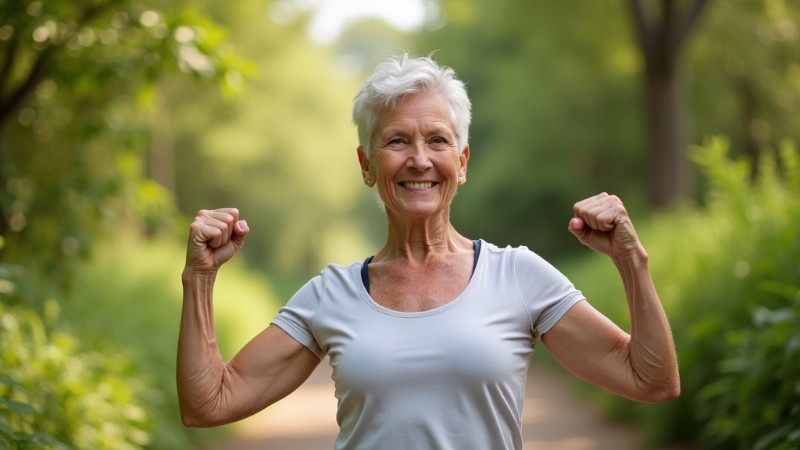Arthritis is one of the most common health conditions, affecting a significant number of people across America, spanning various age groups. As a degenerative joint disease, it can lead to discomfort, decreased mobility, and a lower quality of life.
However, with the right tools, people living with arthritis can improve their daily life and achieve better flexibility, vitality, and longevity. This article explores some of the most effective tools and strategies to help individuals manage their arthritis while staying active, safe, and healthy.
Key Takeaways
Managing arthritis in the United States often involves using safe workout routines, flexibility exercises, and strength training to boost mobility, ease pain, and improve overall quality of life.
- Low-impact activities like swimming, biking, and walking can ease stiffness and boost joint mobility for those dealing with arthritis.
- Flexibility training through yoga, Pilates, and tai chi helps relieve muscle and joint tension while promoting mental relaxation.
- Checking in with a doctor before starting any new exercise program helps ensure safety and effectiveness when managing arthritis symptoms.
Embracing safe workouts for seniors
One of the most important components of managing arthritis is staying active. Exercise, particularly safe workouts for seniors, can alleviate stiffness, reduce pain, and increase strength and mobility.
Arthritis can cause joints to be stiff or painful, which can make fine motor coordination activities difficult to perform
Lauren Wlazelek, Certified Hand Therapist
Low-impact exercises like swimming, cycling, and walking are excellent options for seniors looking to stay fit without overloading the joints. In fact, exercise can have a profound impact on arthritis management, helping to reduce inflammation and improve overall well-being.
For seniors, safe workouts for seniors should always focus on gentle, controlled movements that don’t put undue stress on the joints. These workouts should be tailored to one’s fitness level and adjusted as needed. A certified personal trainer or physical therapist can be a valuable asset, helping seniors design a personalized exercise program to match their needs and limitations.
In addition to aerobic workouts, incorporating strength training exercises can help protect the joints by building muscle around them, supporting better mobility. For example, using resistance bands or light weights for simple movements can gradually strengthen the body without overexertion.
The No. 1 device used by my patients around the house is a jar opener – a simple rubber gripper or a more sophisticated electric opener
Broca Stern a respected physical therapist and expert in arthritis care
Flexibility and vitality training for longevity
When managing arthritis, flexibility plays a critical role in maintaining joint health and overall quality of life. Flexibility for seniors is essential for reducing pain and improving range of motion, helping joints move more freely.
Regular stretching exercises, especially in the morning or after a workout, can help lengthen muscles, reduce tension, and increase joint flexibility. For seniors with arthritis, flexibility training should be gentle and controlled to avoid overstretching or straining the muscles.
One highly effective method for enhancing flexibility and vitality is incorporating vitality training for seniors into your routine. Vitality training focuses on exercises that promote energy, movement efficiency, and strength.
Yoga and Pilates are excellent examples of vitality training practices that incorporate stretching, breathing, and low-impact strength exercises. These activities can help increase flexibility while reducing the risk of joint pain.
Additionally, longevity exercises for seniors, such as tai chi or slow-paced walking, are wonderful tools to maintain a long, active life despite arthritis. These exercises promote joint movement, mental relaxation, and overall well-being, contributing to vitality and longevity. Tai chi, in particular, is known for its slow, deliberate movements that improve circulation and enhance joint flexibility, offering both mental and physical benefits.
Enhancing quality of life with the right tools
Arthritis doesn’t have to control your life. With the right tools and strategies, people living with arthritis can continue to enjoy an active and fulfilling lifestyle. From safe workouts for seniors to balance training and flexibility exercises, staying active helps manage symptoms and enhances mobility, vitality, and longevity.
It’s crucial to always consult a healthcare provider before starting any new exercise or fitness program, especially when managing arthritis. A healthcare professional can offer valuable guidance tailored to your specific condition, ensuring that the exercises you choose are both safe and effective. They can help you design a plan that minimizes the risk of injury while still providing the benefits of increased mobility, strength, and flexibility.
With the right tools, a clear plan, and a positive mindset, anyone living with arthritis can take control of their health. By staying proactive, sticking to a routine, and embracing each day with determination, you can significantly improve your quality of life.
Embrace the journey, and with dedication, you’ll continue to thrive, enjoying vitality and independence well into your golden years.















